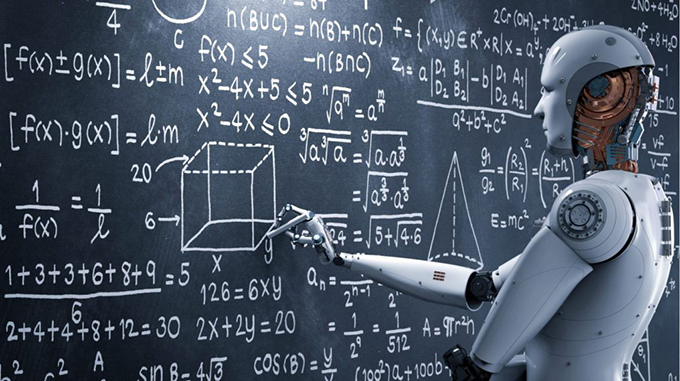
We’re all wondering what the future of higher education will look like. But I’ve glimpsed that future, and it’s bright.
Higher education was already in crisis before Covid-19 arrived. Universities and colleges faced falling enrolments as students, questioning the value of expensive four-year degrees, turned increasingly to community colleges and online courses. Many schools scrambled to make up the revenue loss with higher tuition fees and full-fee-paying international students.
But everyone knew that strategy was unsustainable. Everyone knew a reckoning was coming. Covid-19 brought that reckoning faster than anyone imagined.
Little noticed, however, were artificial-intelligence (AI) researchers who have been working on AI-enabled education solutions for decades. Those efforts have long borne fruit in the lab and are now ready to work in the marketplace: machine-learning algorithms that can track student behaviour, trace student knowledge, select the best content for them to study at any given time, and switch gears when they are bored or frustrated and about to give up.
Algorithms can predict with startling accuracy student test scores, a moving number that serves as a sort of carrot: the more students follow the algorithmic recommendations, the higher the predicted score will climb.
Education institutions around the world are beginning to use these systems.
Maybe you’re unimpressed and think: “That’s not learning, that’s cramming.” If so, you are wrong. Cognitive biology has come a long way in the past few decades, helped by machine learning and also informing machine learning. We are learning more about how the brain learns every day, about memory decay and spaced learning, about the mechanisms that convert short-term memory to long-term memory. Much of that knowledge is finding its way into algorithms.
Many institutions bemoan the sudden shift to online education that the pandemic has brought. Indeed, the results of the past few months have been desultory; few educators were prepared to deliver quality instruction online. But this is an opportunity for the education community to embrace technological solutions that otherwise would face stiff resistance from entrenched interests.
We have known for millennia that the best education is delivered one to one by an experienced educator. But because that model can’t scale, we settled long ago for classroom-based instruction. Educators focused what little time they had for giving personal attention on the best and the brightest or the bottom of the class. The broad middle was left to fend for themselves.
AI-enabled education solves that age-old problem. AI-enabled teaching can give everyone individualised attention. Suddenly, one-on-one teaching can scale.
Teachers won’t disappear, but much of the drudge work of teaching will. AI-powered apps are not only taking over grading, the bugbear of every instructor, but are collecting meaningful data that would otherwise disappear.
That data can, in turn, be analysed by AI systems to uncover useful patterns, which teachers can use to adjust their methods or syllabi, forever optimising their own performance. Better yet, teachers will have more time to focus on any student who wants attention – and even help the shrinking violets open up.
Other AI systems can help match students to schools by predicting success, allowing admissions committees to widen their net, increasing yield – and revenue – without sacrificing class quality or graduate outcomes. AI systems can also optimise curricula, balance budgets and rationalise offerings without the guesswork or black-magic advisers that troubled institutions rely on now.
This is perhaps the most exciting time in history to be involved in education. The moment is dark and troubling, but the future is shining. AI will light the way.
Author Bio: Y. J. Jang is chief executive officer and founder of Riiid, a California-based AI-education company that builds systems to power online and offline learning.